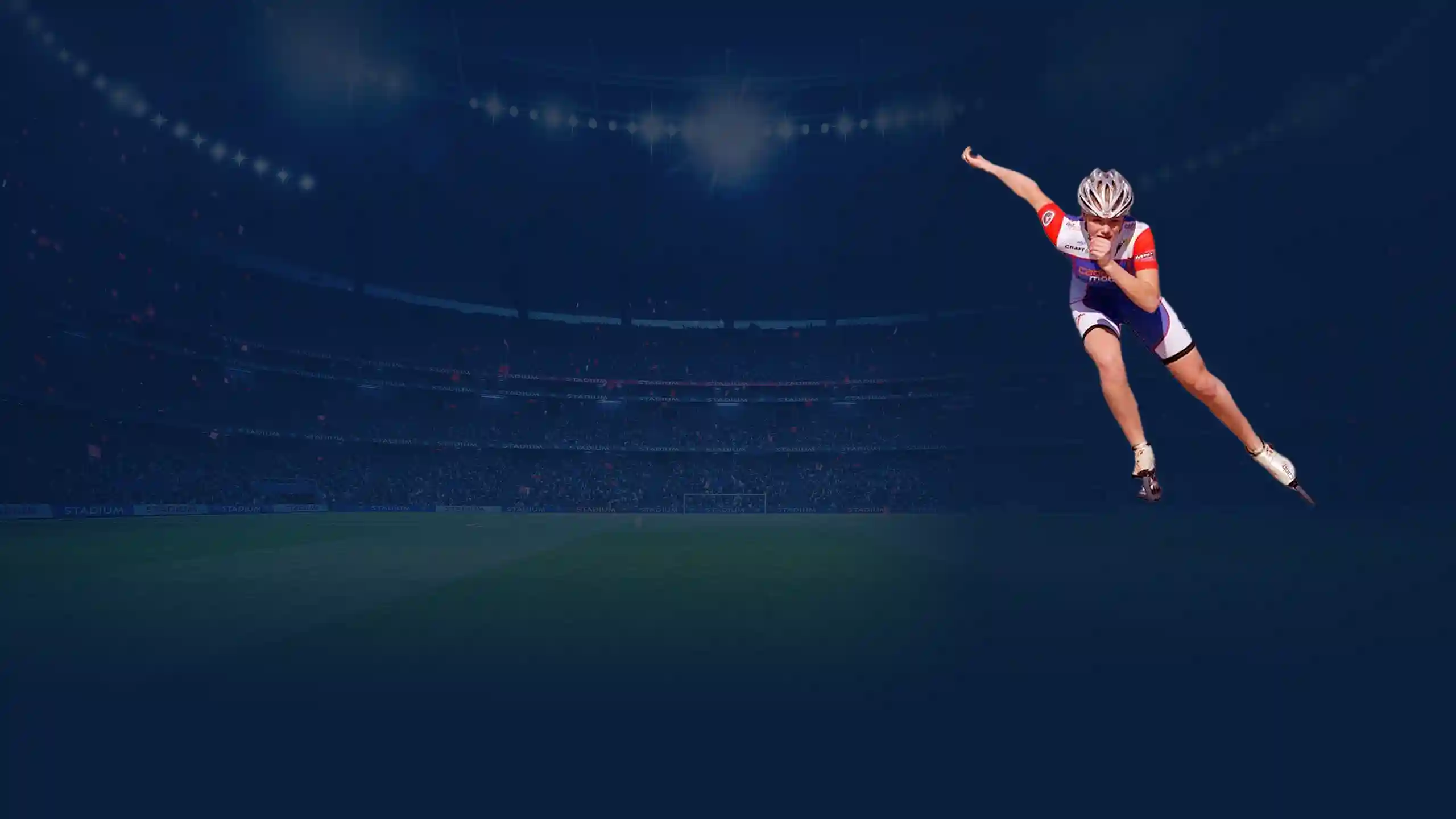As an avid coach and passionate in-line skate trainer, you'll find the ultimate resource for training exercises, tactical insights and tools to create effective workouts. Whether you work with youth or adults, beginners or experienced players, Yoursportplanner will provide you with all the information and tools you need to achieve your goals in the sport you love so much. Don't hesitate and proceed quickly to put together your in-line skate workouts and improve the performance of your in-line skate team.
